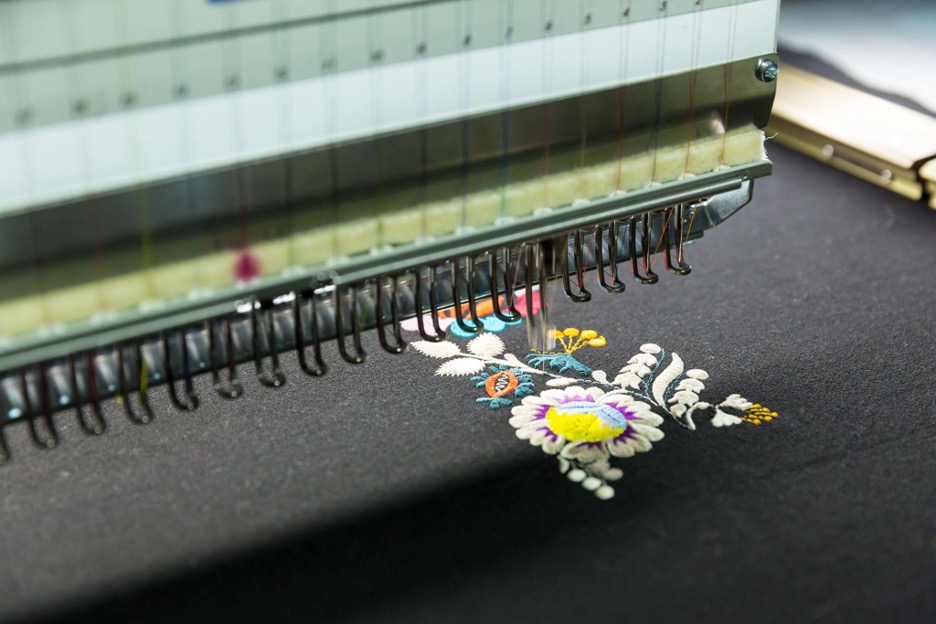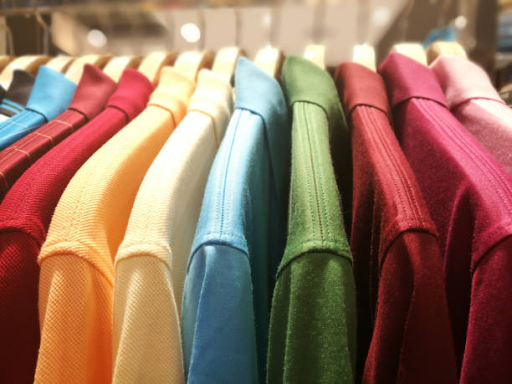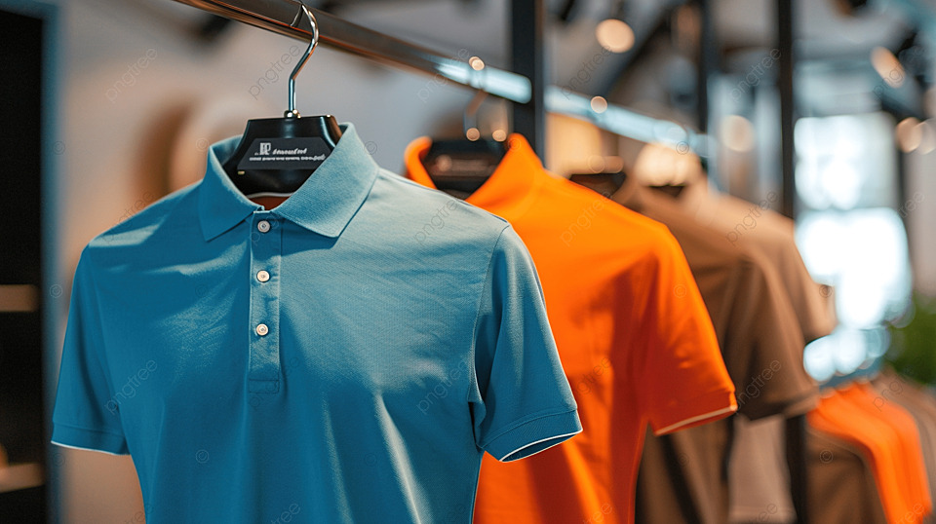Imagine receiving an unprofessionally embroidered logo on your uniform when you start a new job. You’ll have a negative opinion of your new employer as a result, as they provide you with a uniform that you wouldn’t be proud to wear in the morning. In addition to that, a sloppily-embroidered logo also shows how a company does not take pride in promoting their business.
It all comes down to the embroidery techniques a supplier utilises to produce high-quality branded garments and workwear, and thereby send the proper message to your personnel and clients. This article will walk you through the eight criteria we employ to ensure a flawless embroidered finish for your business attire..
1. Needle
Consider attempting to sketch a precise portrait using a blunt, bulky pencil. You won’t be able to catch the minute details in any way. Similarly, stitching your brand’s emblem accurately demands a premium, sharp needle that is the appropriate gauge.
2. Backing Paper
If you’ve ever written in an unpadded notebook, you are aware that your handwriting typically degrades. But your writing appears much better when you add some paper behind it as padding. The same is true of embroidery. To ensure that the fabric doesn’t pulse and degrade the quality of your embroidered logo, the proper type of backing paper must be used, and it must be thick enough.
3. Thread Quality
There are two main reasons for choosing premium quality threads. First, poorer quality threads have a higher chance of breaking during production, which can lead to flaws in the logo’s fine detail. Second, lesser quality threads are also more prone to unpredictable dying results, which can lead to variations in Pantone colour and make your logo appear unprofessional.
4. Upper Thread Tension
It all comes down to striking the correct balance when it comes to thread tension. Multiple thread breaks will occur with upper threads if the tension is excessively tight. On the contrary, if it’s too loose, loops will be pooling all over the embroidery’s surface.
5. Lower thread tension
The needlework will stay locked together if the lower thread tension is used in the proper proportions. Loose lower thread tension will affect the upper thread tension and result in loops. When it’s too tight, the logo will be pulled into the fabric, possibly causing damage to the fabric as well as making the logo appear sunken (kind of like an inside-out umbrella!).
6. Framing
The appropriate framing tension is just as crucial as the right thread tension. Done incorrectly, it may result in puckering, which lowers the embroidery’s ability to capture fine detail. You’ll recognise this if you’ve ever seen what happens when a loose thread is pulled from a pair of pants. We make sure your logo is on-brand and instantly recognisable by striking the proper balance.
7. Artwork Digitisation
Modern technologies must also be applied throughout the embroidery process. The reason for this is that software enables us to more accurately recreate your logo and brand artwork. The end product will be better the better the technology.
8. Machine quality
In the end, embroidery is a mechanical operation. Therefore, using lower-quality equipment to complete the task will result in subpar embroidery outcomes. It’s crucial to employ high-quality equipment, continually adjust the settings to optimise for better outcomes, and make sure that machines are frequently serviced by skilled experts for these reasons.
Conclusion
At EMB3, we take pride in delivering immaculate embroidery work to our clients. We take special attention to details in making sure that our embroidery work will reflect positively on our clients’ businesses and brands. In addition to that, we also make sure that our quality of work provides the best value for your money. We take no shortcuts in producing excellent work by employing all 8 of the ways to improve our embroidery quality mentioned above.
For more information on our embroidery work, please get in touch with us here. We would love to get in touch and serve you!




